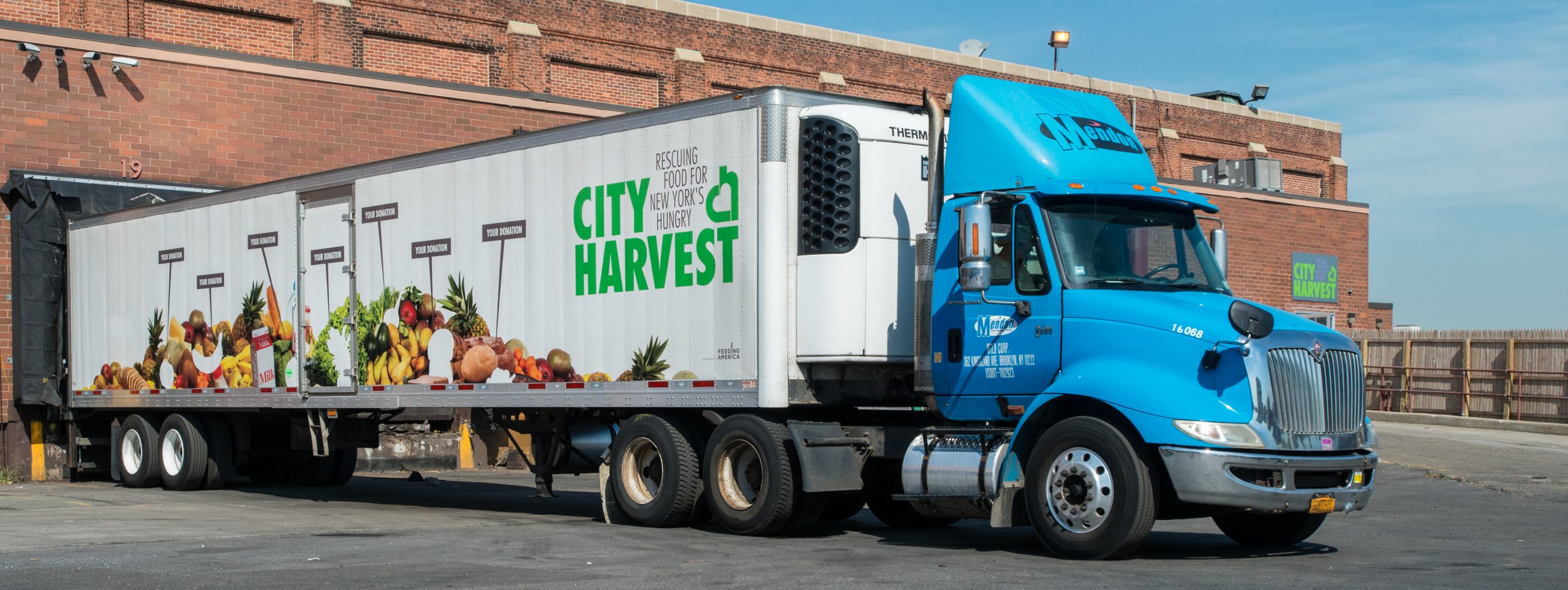What Is Fleet Management? How Can You Manage Your Fleet Better?
If you run a delivery or transportation business, fleet management must be at the top of your priority. Keeping vehicles in good condition, reducing costs, and managing drivers better are all aspects that keep your business well-oiled.
But what exactly is fleet management? And how can you better your practices? Let’s find out.
What is fleet management?
Fleet management is the system that business owners use to manage vehicles and drivers. This concept is common in industries and businesses that involve the use of vehicles—from trucks, cars, and bicycles to bulldozers, carts, and tractors.
The purpose of fleet management is to monitor fleet performance and productivity while saving costs and reducing waste.
Responsibilities included in fleet management include:
- Acquire vehicles
- Control fuel consumption and costs
- Manage drivers
- Utilize assets
- Plan routes
- Track fleet performance
- Vehicle maintenance and disposal
- Stay compliant
Aspects of fleet management
Vehicle acquisition
This process includes determining how many vehicles and what types of vehicles your business needs, then deciding whether to acquire more if necessary.
Every vehicle purchase involves lots of aspects to consider:
- What type of vehicle do you need? Its life cycle?
- Do you have employees who can operate the vehicle?
- Do you actually need the vehicle?
- How will you utilize the vehicle efficiently?
- How will you store and maintain it?
If you’re not the one in charge of this step, make sure that whoever takes on this responsibility collaborates with both employees and management to acquire suitable vehicles for your business.
Safety
Maintaining the safety of both drivers and vehicles can be challenging, especially when they’re far away from you. You can organize training programs, or use tools such as vehicle tracking systems or dash cams to manage safety.
Tracking
Tracking vehicles is a part of ensuring fleet safety. By coordinating activities based on the locations and number of vehicles, you can save time and resources. You can find the shortest routes or nearby locations for the drivers and vehicles.
Hiring and retention
Hiring, training, and retaining drivers are expensive in terms of costs, time, and effort. To optimize the costs, you need to invest in effective recruitment and retention.
During the hiring process, craft job descriptions with clear requirements and conduct interviews to make sure you’re hiring qualified drivers. If driver shortage is a problem in your business, you need to actively and continually search for candidates; otherwise, who will operate the vehicles?
Managers can use different ways to engage and retain staff: provide training programs on how to best operate the vehicles, offer better perks, improve workplace conditions, and so on.
Compliance
Staying compliant protects you from costly fines and unwanted lawsuits. Laws differ across states and countries, so be sure to check the laws before implementing your fleet management program.
Ensure you know what licenses and registrations you need to obtain, how workers’ hours are tracked, as well as how you are required to follow safety and maintenance regulations.
Cost control
To manage your fleet, you need to track fuel costs, operating costs, and maintenance costs. Knowing the numbers allows you to identify and remove unnecessary costs, or find more cost-effective solutions. You’ll need a trustworthy system for tracking fuel and assets, as well as a route planning tool, to do all of this.
Benefits of effective fleet management
Transparency
Transparency means you know where the vehicles are. Being transparent is not just important to you as a business owner, but also to your customers.
Many businesses use tracking apps so that customers can view the information of the drivers, vehicles, and even when the vehicles will arrive.
Real-time control
With an effective fleet management system, you can monitor travel time and find efficient routes for vehicles. For example, GPS tracking systems allow you to schedule drivers to locations of close vicinity to save time and money.
Reduce fuel usage
Fuel consumption can add up and go out of control if you don’t manage it properly. Fleet management requires you to keep fuel usage and fuel expenses in control.
Fleet management also involves maintaining vehicles in good condition and reducing the wear and tear of vehicles, which also contributes to reducing fuel consumption.
Staff satisfaction
As labor shortages have become a big issue in the transportation and trucking industry, keeping staff engaged and satisfied is another benefit of fleet management. You don’t have to constantly recruit new staff, which is expensive and time-consuming. Engaged staff also show better performance and provide better customer service.
Customer satisfaction
Keeping good track of vehicles and routes can avoid delays in the delivery process. Some businesses develop tracking apps so that customers know when deliveries or support will arrive and they don’t have to wait. All these details can help to increase your reputation and customer loyalty.
Improve fleet management with better scheduling tools
With a reliable scheduling app, drivers can check shift details and work schedules on their phones. Employers can ensure driver punctuality and schedule for multiple locations, which contributes to better fleet management.





